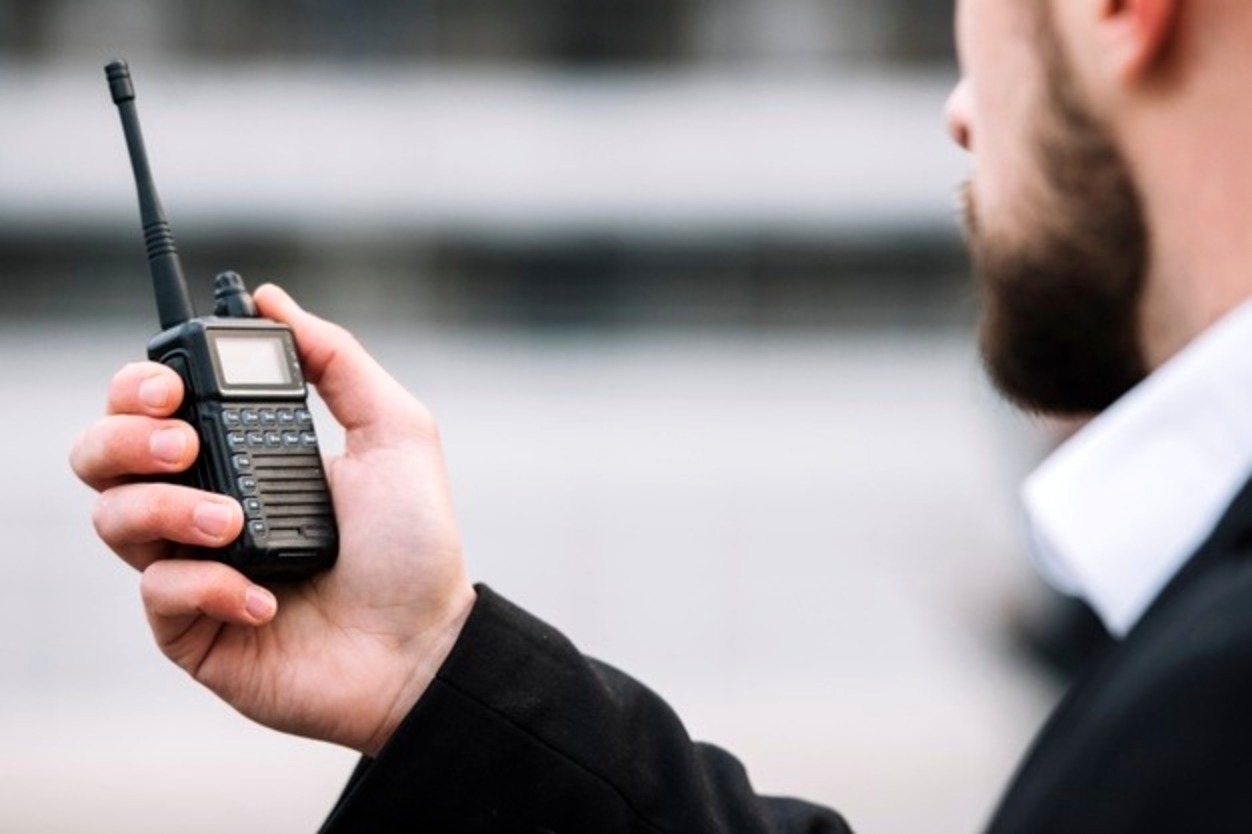
The world of communication has drastically changed over the past century, with various methods available to connect with others instantly. However, despite the rise of technology, two-way radios have managed to remain relevant and necessary. So, what is it that keeps these century-old devices at the forefront of communication, and why do they continue to dominate the market?
There are three main types of two-way radios: portable radios, mobile radios, and desktop base station radios. Portable radios, also known as walkie-talkies, are handheld devices that can both transmit and receive voice communications. They are commonly used by professionals in industries such as construction, healthcare, and manufacturing. Mobile radios, on the other hand, are installed in vehicles and are designed to cover long distances, making them ideal for employees who are constantly on the move. Lastly, desktop base station radios are larger and heavier devices that are placed on desks and plugged into power sources. They are commonly used by receptionists and administrative staff who work primarily from a desk.
The versatility and reliability of portable radios make them the top choice for approximately 90 percent of two-way radio users. These radios can be used in various job settings and offer both analog and digital options. Mobile radios are perfect for employees who spend most of their day driving and need to stay connected with their home base and other colleagues. Desktop base station radios, although larger and heavier, are extremely reliable and are ideal for individuals who primarily work from a desk.
The range at which two-way radios can operate depends on the quality of the equipment and the environment. While sophisticated two-way radios used by the International Space Station can communicate with Earth without obstructions, mid-range radios used indoors may only cover a distance of about 100 yards. Repeaters can be used to extend the signal range.
The need for a two-way radio license depends on the type of system required. Small operations in remote areas may not require a license, while larger operations with secure communications and multiple teams will need licensed equipment.
When it comes to choosing between FRS (Family Radio Service) and GMRS (General Mobile Radio Service), GMRS offers higher quality service with designated channels that are not available to FRS radios. Additionally, GMRS radios can be modified to have a stronger and farther-ranging signal.
While it may be difficult to track two-way radios, especially if using public channels, it is important to note that communications on public channels are not private. Although some radios have GPS capabilities, they are not inherently traceable unless using a private and licensed channel.
In conclusion, despite the advancements in communication technology, two-way radios remain relevant and necessary due to their versatility, reliability, and ability to connect instantly. Whether it's portable radios, mobile radios, or desktop base station radios, each type serves specific industries and job settings. The range and licensing requirements vary depending on the equipment and system used. Ultimately, two-way radios continue to dominate the communications market due to their unique features and ability to provide effective and efficient communication solutions.

